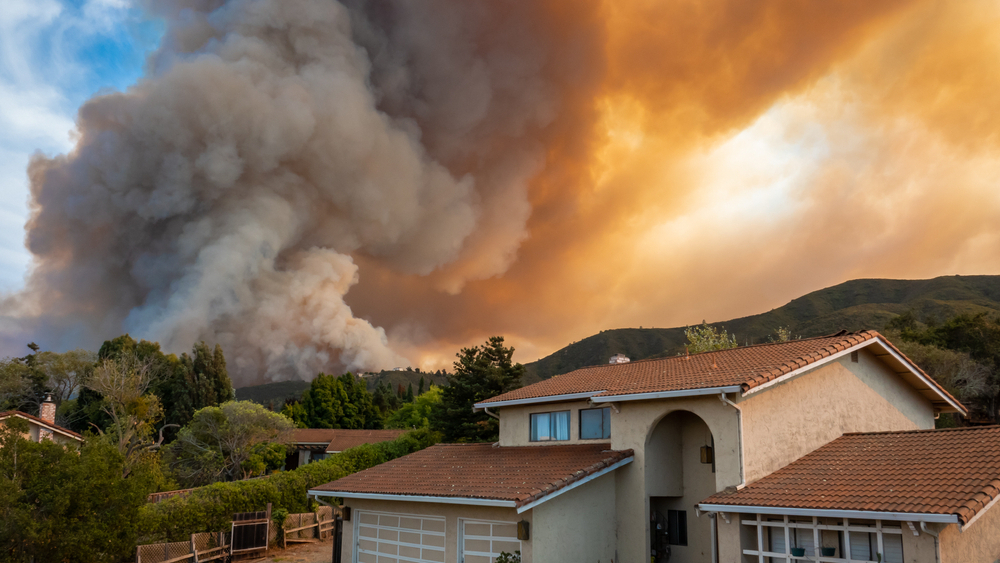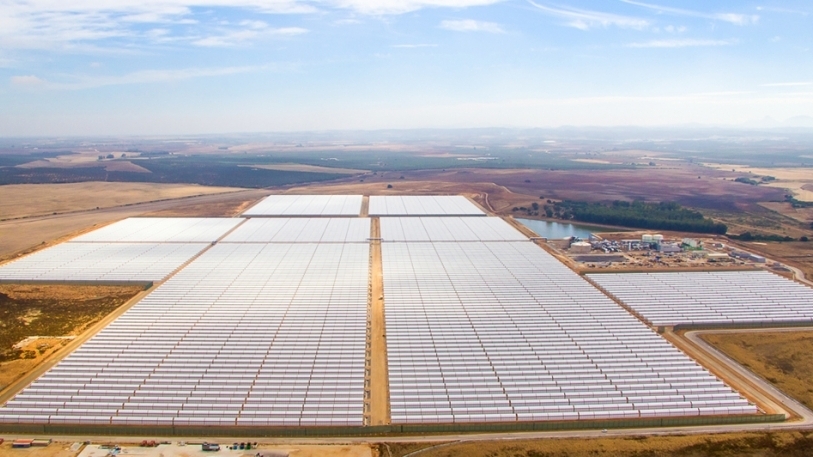The global insurance industry is facing calls to up its climate ambitions with most insurers continuing to underwrite oil and gas production, despite the physical effects of climate change leaving a tangible effects on their balance sheets, campaigners warn.
Insurance companies earned more than $21 billion from insuring fossil fuel production with insurers such as Allianz, AXA, Zurich and AIG being listed among the top ten underwriters of fossil fuels.
While the insurance industry has taken far reaching steps to cease underwriting new coal projects, only six out of 30 insurers have ceased underwriting new oil and gas production, according to the latest Insurance Scorecard produced by campaign group Insure Our Future.
But the industry is now facing mounting financial pressures from the physical effects of climate change as the increase in floods, hurricanes, droughts and wildfires has seen insurance payouts soar to an average of $ 110 billion a year since 2017.
Commenting on the latest research, Peter Bosshard, global coordinator of the Insure Our Future campaign said: “If insurance companies took climate science seriously, they would fully align their underwriting and investment strategies with a credible 1.5°C pathway and end all support for increased fossil fuel production. They would be suing fossil fuel companies, to make polluters pay for the growing costs of climate disasters and keep insurance affordable for climate-affected communities.”
The impact of climate change has led to insurers retreating from markets that are particularly exposed. Last year, capital for reinsurance fell by nearly a quarter whilst insurance premiums spiked. Meanwhile, in the property market, insurers such as AIG Re, Axis Capital, AXA XL, Everest Re and SCOR have now either reduced underwriting or left the market altogether, Insure Our Future said.
This retreat from market segments with exposure to climate change comes amid growing pressures for insurers to develop transition plans. Under the new Solvency II rules, insurers will need to outline quantifiable targets in order to reach net zero by 2050.
Meanwhile, insurers are expressing increased willingness to integrate climate change into their investment portfolios. More than 95% of insurers said they were factoring climate risk into their portfolio construction while 62% are considering investments in clean energy infrastructure and another 46% in green real estate, according to BlackRock’s 2023 Global Insurance Report.
However, insurers continue to face practical challenges when increasing their exposure to these assets, with 52% citing volatility as a concern.





